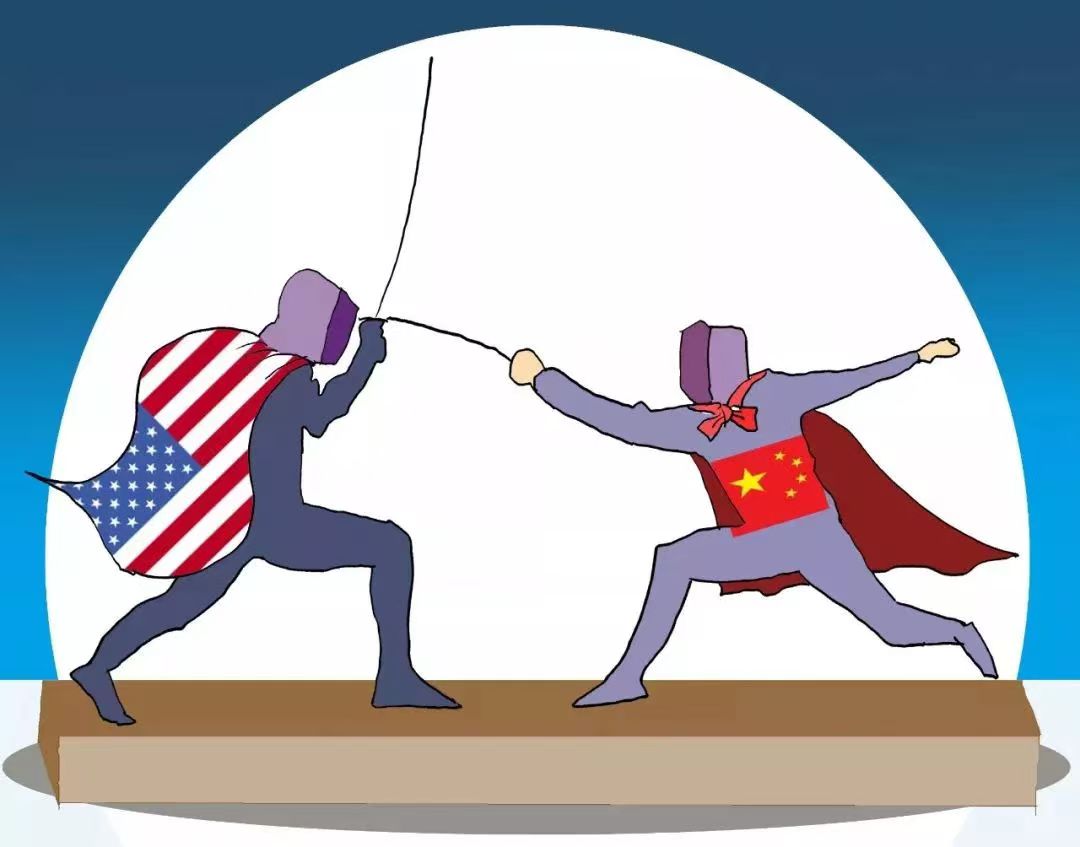US Announces "Reciprocal Tariffs"
Local time on April 2, 2025, US President Trump signed two executive orders on so - called "reciprocal tariffs" at the White House, announcing that the US would set a 10% "minimum benchmark tariff" for trading partners and impose higher tariffs on some. The tariffs will take effect on April 5 and 9 respectively. Trump showed a large chart with the planned tariff rates for various trading partners, including 34% for China, 20% for the EU, 26% for India, 25% for South Korea, 24% for Japan, 36% for Thailand, and 46% for Vietnam.
China Responds to US Tariffs
- Approved by the State Council, from 12:01 on April 10, 2025, China will impose an 84% tariff on all imports from the US, in response to the US "reciprocal tariffs".
EU Prepares Counter - measures Against US Tariffs
- On April 7, 2025, after the ministerial meeting of the EU Foreign Affairs Council in Luxembourg, Maroš Šefčovič, the EU commissioner in charge of trade and economic security, announced that the EU would implement the first - round of counter - tariffs on the US from April 15 and the second - round from May 15. The EU is facing 25% tariffs on steel, aluminum, and automobiles, and almost all other goods will face 20% "reciprocal tariffs" since last week.
Global Economic Impact
- The "reciprocal tariffs" unilaterally initiated by the US have plunged the international community and global markets into anxiety and unrest. The FTSE 100 index in the UK, the DAX index in Germany, and the CAC 40 index in France all fell sharply. Asian stock markets also experienced a comprehensive decline on April 9. Economists warned that this policy may lead to a global recession. The UNCTAD stated that with major economies set to impose new tariffs, global economic growth is likely to decline further.
 Uses of Artificial Flowers
Uses of Artificial Flowers
 I Used These Faux Flowers in My Own Wedding—And No One Noticed
I Used These Faux Flowers in My Own Wedding—And No One Noticed



